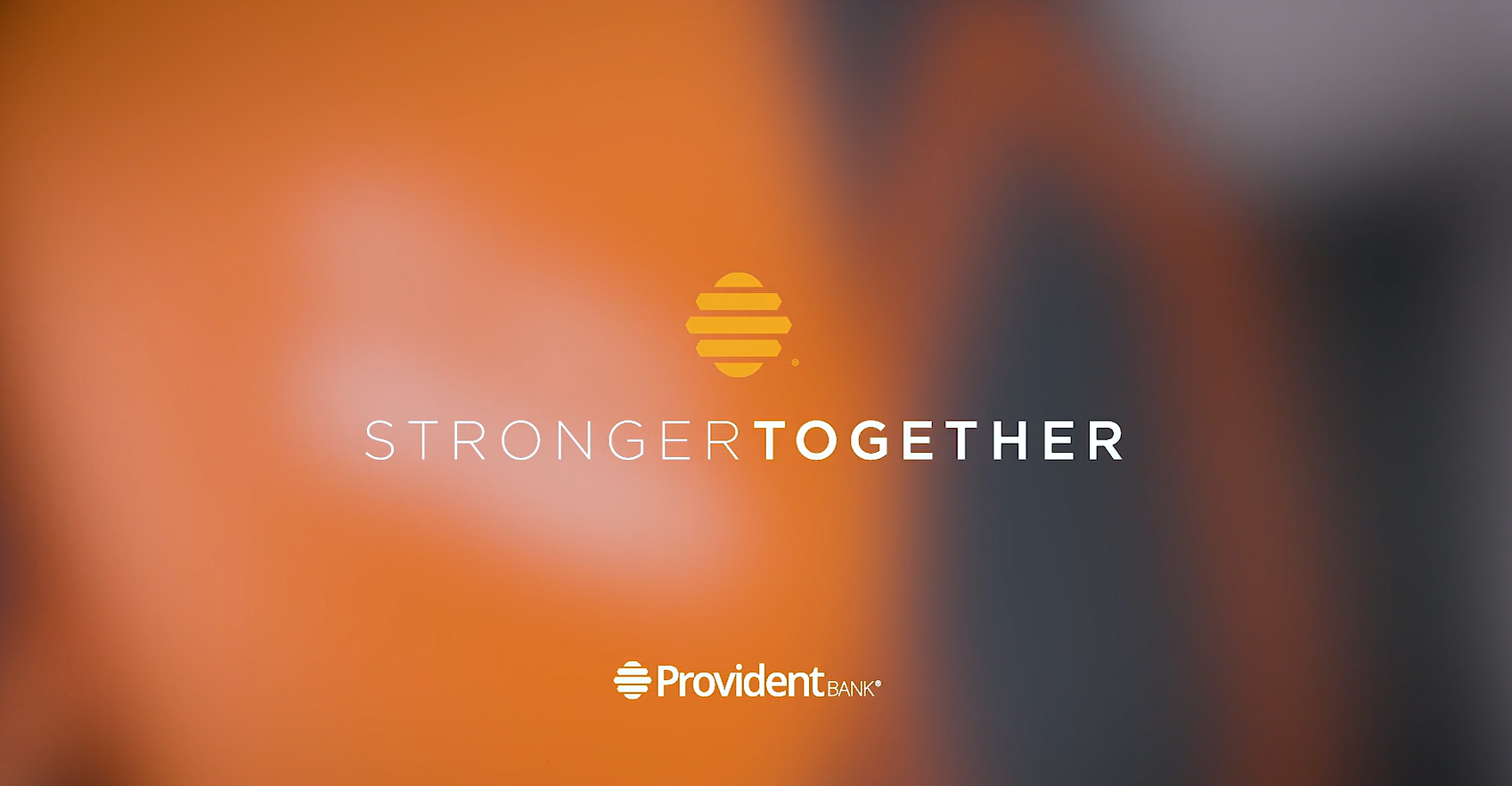
FDIC-Insured - Backed by the full faith and credit of the U.S. Government

FDIC-Insured - Backed by the full faith and credit of the U.S. Government
 VIEW ALL EDUCATION & INSIGHTS
VIEW ALL EDUCATION & INSIGHTS
August 01, 2023
Plan For Retirement

Accumulating the funds you will need for a financially secure retirement can be difficult. While your living expenses during retirement may only be 70% to 80% of those before retiring, you must remember that you will not have your normal paycheck. In addition, Social Security benefits may only cover a fraction of your total costs.
The actual amount you may need depends on a variety of events:
- Anticipated expenses
- Social Security benefits
- Taxes
- Earnings rate on your savings
- Inheritances
Retirement can become complicated. The best way to build a vast nest egg is to take advantage of employer provided retirement plans and other options while you are still working.
Employer sponsored plans
If your employer offers a 401(k) plan or some other form of retirement plan, be sure to participate. The funds you accumulate in that plan can be a large source, if not the major source, of your retirement income. In addition, these plans have benefits to make the process easier and more effective. They are convenient, the employer may add to your contributions, the earnings are tax deferred and many plans provide investment flexibility.
Here are some ideas to help you maximize the benefits of your plan:
- Participate in the plan. As simple as this sounds, some studies have found that many choose not to participate. Even minimal participation makes sense.
- Contribute as much as you can. Your plan may have limits on the portion of your wages you may contribute. For 401(k) plans, the annual limit for employee contributions is $19,500 for 2021. In addition, a catch-up provision was added that enables participants who are age 50 or higher to make an additional contribution (up to $6,500 for 2021). Determine what you can afford and make the largest contribution you can.
- Get the entire employer’s match. Review your plan to understand how the employer’s contributions are made and allocated. Your Human Resources department should be able to help you.
- Use a sensible investment strategy. Choose a combination of investment options that match your time horizon and risk tolerance. Generally, longer time horizons and greater risk tolerance dictate a more aggressive investment strategy with greater use of equity investment choices.
Funds from your retirement plan and your Social Security benefits can provide a great deal of all of your needs, but there are other options you may want to consider.
- Traditional IRAs. Making annual contributions to an IRA can add up significantly, especially if you start early. The contribution limit for 2021 is $6,000. In addition, you can contribute an extra $1,000 if you are age 50 or over. There are rules about eligibility and tax deductibility to consider, but do not ignore this powerful tool.
- Roth IRAs. This relatively new planning tool offers many of the benefits of traditional IRAs, but the extra benefit of distributions never being subject to income tax. As with traditional IRAs, there are eligibility rules to consider and it may be advisable to consult with a tax or retirement planning professional to get a complete understanding of the rules.
- Other savings. IRAs offer tax benefits that make them ideal for accumulating funds but saving and investing in a regular account still makes sense. Consider some form of automatic savings plan that moves funds from your checking account into a “special” account every month. This forced discipline makes it easier to develop the savings habit.
At Provident Bank, we can help you reach your savings goals. We’re ready to equip you with the right tools to maximize your savings and manage your spending. You’re at an immense advantage if you know how to save early and a lot, budget, and live within your means.
So whether you are looking for a CD account with competitive interest rates or a simple savings account or a money manager high interest savings account, we offer it all. Visit www.Provident.Bank for more details.
You should consult a professional regarding tax and investment related products and services before making any financial decision.








 Views
Views



 Go Back
Go Back











